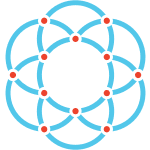Audio Presented by

Ockam is a developer tool. Orchestrate end-to-end encryption and mutual authentication between distributed applications.
About Author
Ockam is a developer tool. Orchestrate end-to-end encryption and mutual authentication between distributed applications.